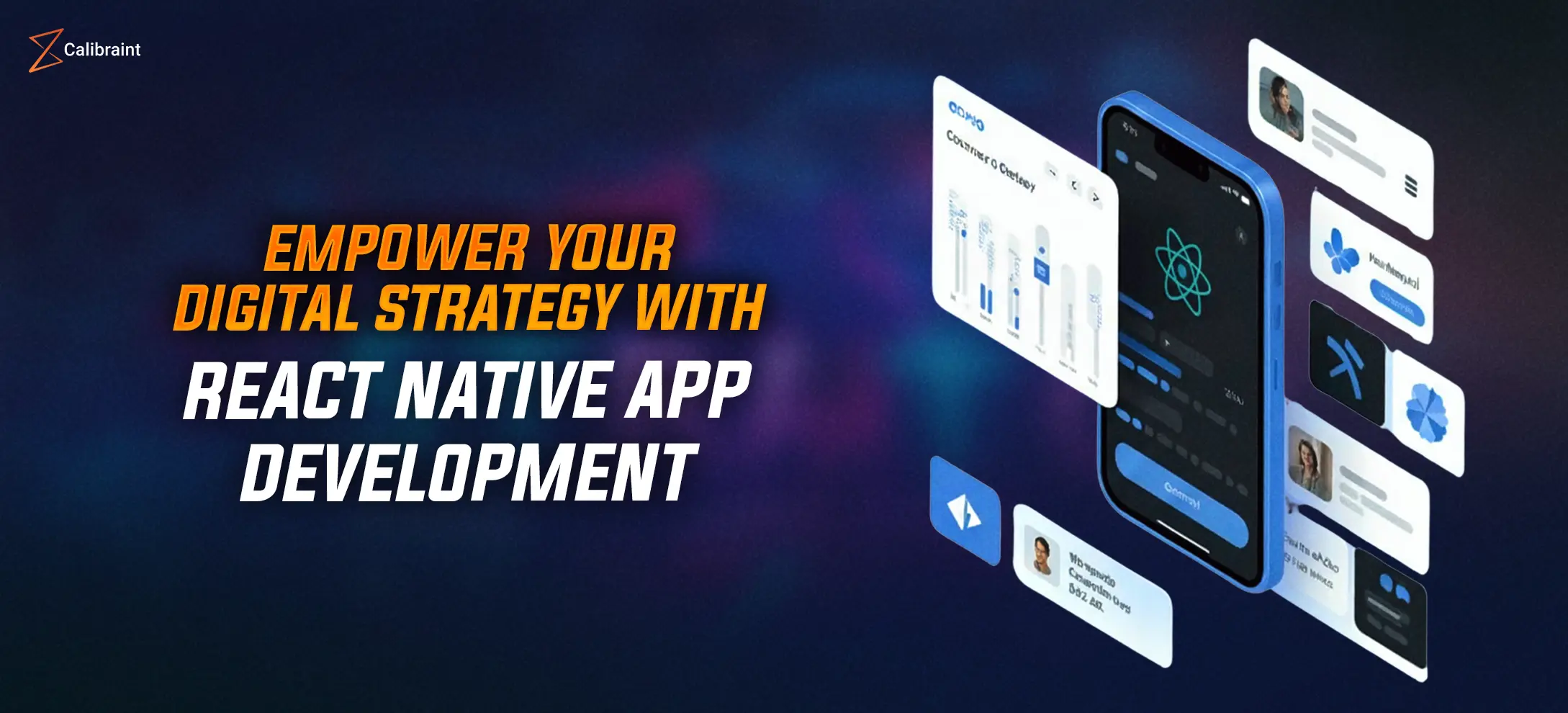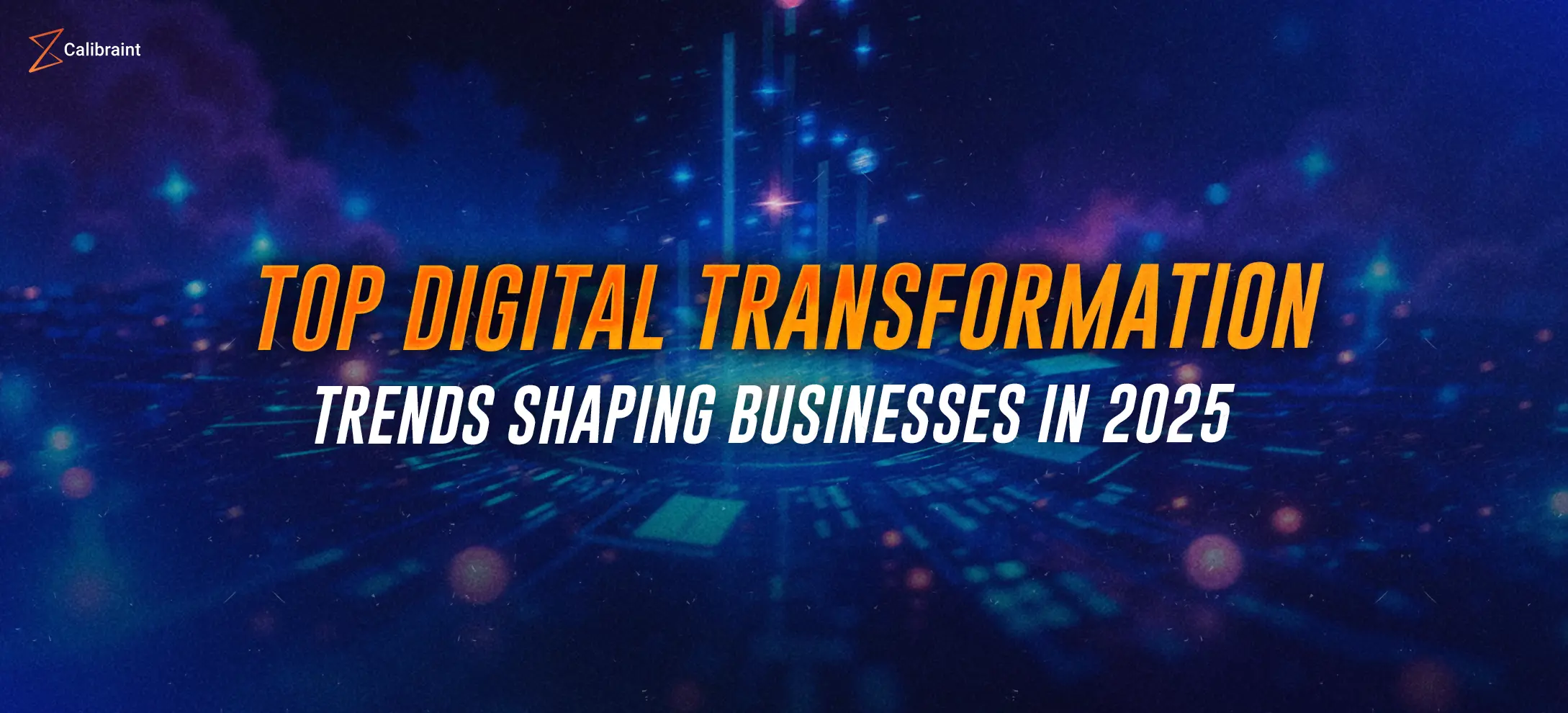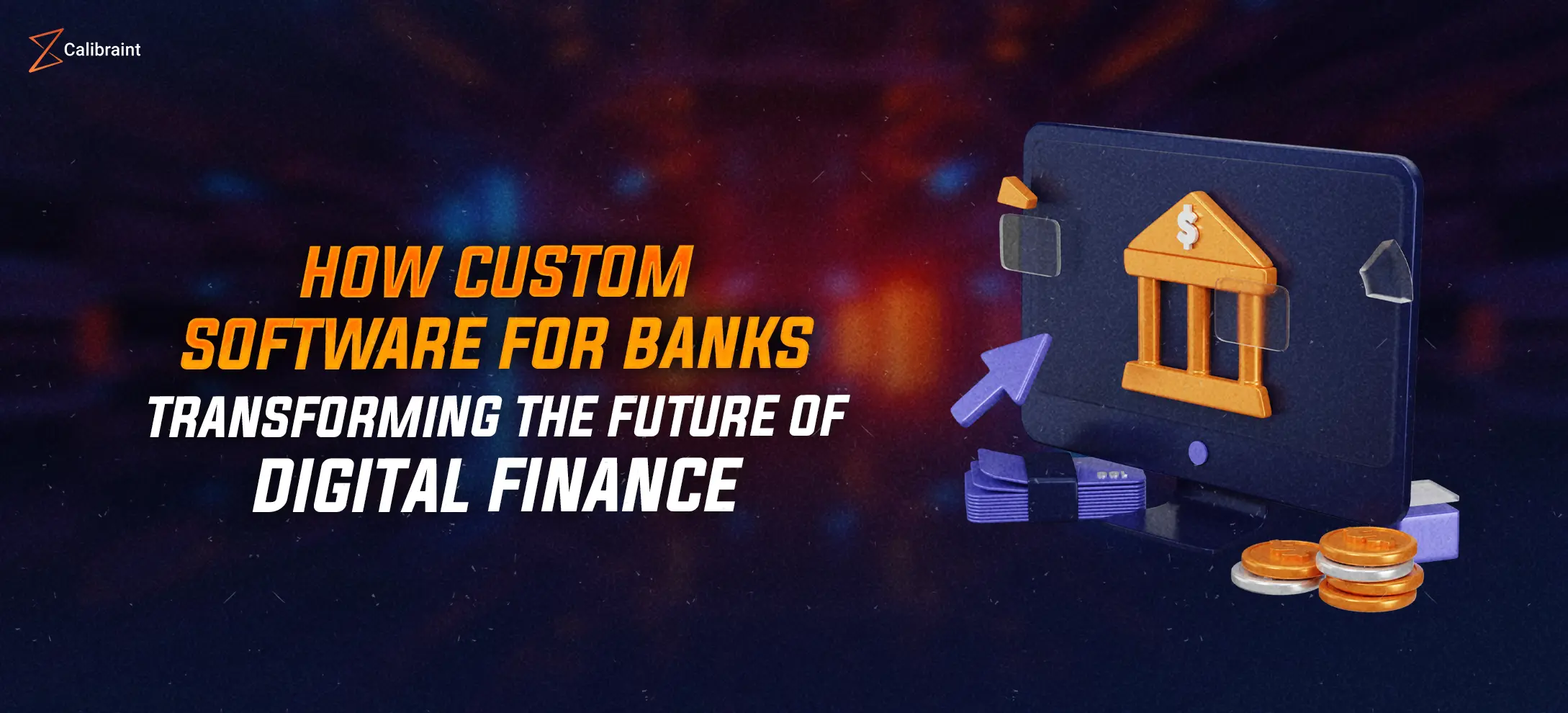Beyond Code: Is Your IP Just the Output or Also the Expertise?
Calibraint
Author
May 29, 2025
Last updated: November 14, 2025

Imagine this: You’ve just launched your long-awaited mobile app. The code is clean, the UI looks sleek, and the performance seems solid. You now “own” the app – every line of code, every screen, every API. But here’s the real question: Do you truly own the innovation behind it?
In today’s digital economy, intellectual property is more than just the visible deliverables. It’s not just about code, designs, or documentation – it’s also about the strategic thinking, domain knowledge, and technical insight that went into creating the product.
Traditional Thinking: IP Equals Tangible Assets
Traditionally, software and intellectual property go hand-in-hand only in legal terms. Contracts often focus on who owns the output: source code, tech stacks, APIs, or proprietary algorithms. This is important, of course. No business wants to risk IP disputes after investing in development. As noted by Barter McKellar, clarity around ownership of code and functionality is essential in any software agreement.
This perspective treats intellectual property for software as a commodity – something you can see, transfer, and possess. But that’s a narrow lens. The true competitive edge often lies beneath the surface.
The Deeper Layer: IP as Expertise
Let’s say two businesses use the same open-source blockchain protocol. One builds a generic product. The other customizes it to reduce gas fees, improve security, and scale for millions of users. What made the difference?
It wasn’t the tools – it was the expertise in how those tools were applied.
This is where software intellectual property extends beyond code. As Svitla Systems points out, innovation often lives in intangible assets: implementation strategies, architectural choices, performance optimization, and domain-driven design.
At Calibraint, we’ve seen firsthand how valuable this invisible IP is. Whether building DeFi apps, mental health platforms, or enterprise SaaS solutions, our value lies as much in our decision-making process as it does in our deliverables.
Do You Really Own the “How”?
Here’s a key question for decision-makers: Do you just want to own the “what,” or also understand the “how”?
When Calibraint builds a blockchain application, for instance, we don’t just code to spec. We might recommend a Layer 2 blockchain to reduce costs or design for regulatory compliance based on regional nuances. That know-how, that experience is part of our intellectual property, even though it may not be explicitly documented.
Another example: A client requested a cross-platform mobile app. Instead of using out-of-the-box components, our team restructured the architecture to boost performance by 45% on low-end devices. The source code was delivered, yes. But the performance tuning, the design logic, the testing frameworks – all of that stemmed from our software patent and intellectual property strategies developed over years of problem-solving.
Open Source ≠ Equal Capability
One of the biggest misconceptions today is: “If the code is open-source, anyone can build it.” Technically true. Practically false.
Frameworks like React Native, Solidity, or Node.js are freely available. But intellectual property for software isn’t about access – it’s about execution. Two companies can use the same stack and get vastly different outcomes depending on how deeply they understand the domain, user behavior, and technical nuances.
Calibraint’s clients don’t come to us because we use unique tools. They choose us because we use common tools with uncommon clarity.
The Value of Implementation Thinking
Think of software patent protection. It’s not just about protecting code – it’s about securing an innovative approach to solving a problem. Similarly, when you hire a software partner, what you’re truly leveraging is their intellectual capital – their accumulated learning across projects, industries, and challenges.
Ask yourself:
- Can this product scale if usage doubles next year?
- Is it future-proofed for API dependencies and platform updates?
- Has security been embedded into its architecture, or patched on top?
If the answer to any of these depends on the builder’s expertise, then you’re not just buying code you’re engaging with software and intellectual property at a deeper level.
What Clients Think They Want vs. What They Actually Need
Many businesses entering software projects assume they need full code ownership. Rightly so. But focusing only on that misses the bigger opportunity – to tap into IP that helps you adapt, evolve, and outperform competitors.
Shifting the Ownership Mindset
So, how should you view intellectual property for software going forward?
Not as a static asset, but as a shared journey. One that blends tangible outputs with intangible insights. Yes, you should secure your deliverables. But you should also ask:
- How can I retain knowledge from this engagement?
- Can I document the rationale behind technical decisions?
- Am I choosing a partner who will build with foresight — not just functionality?
At Calibraint, we believe in full transparency. From our architecture walkthroughs to knowledge transfer sessions, we ensure that clients don’t just receive software — they receive the story behind it.
Your Partner in Expertise-Driven IP
We’ve worked with startups, enterprises, and mission-driven organizations. And in every engagement, we’ve found that the long-term impact of a project isn’t tied to the codebase alone. It’s tied to the intellectual property for software that emerges when deep expertise meets clear problem-solving.
So yes, own your code. But also own the thinking that shaped it.
Want to co-create lasting value – not just deliverables? At Calibraint, we specialize in combining your vision with our strategic insight to create software that performs, scales, and endures.
Calibraint
Author
May 29, 2025
Last updated: November 14, 2025



























